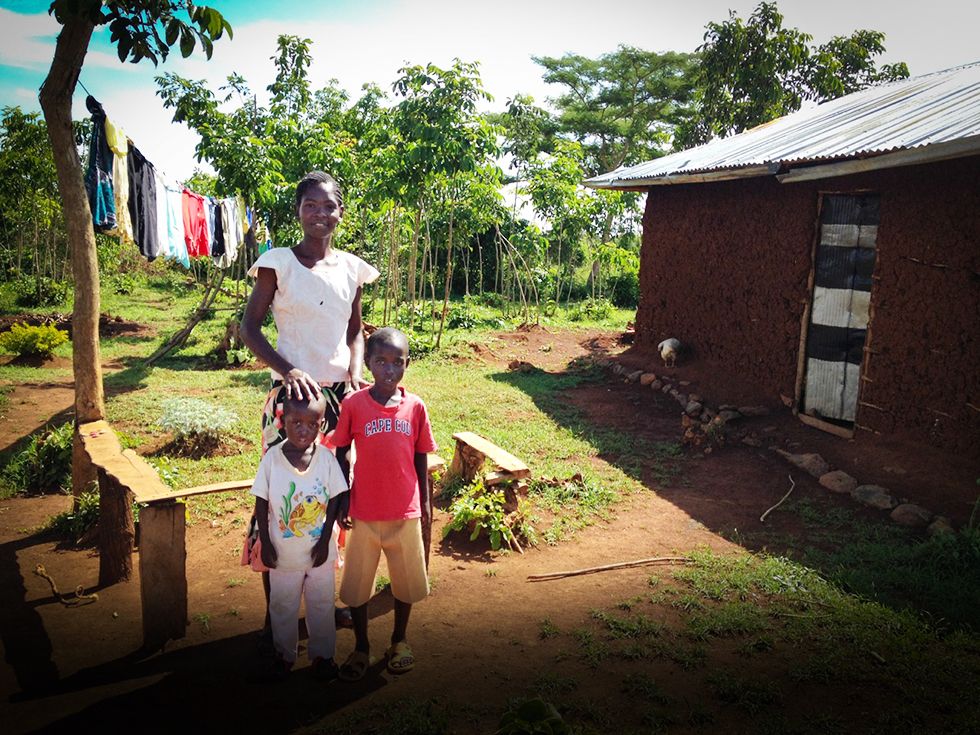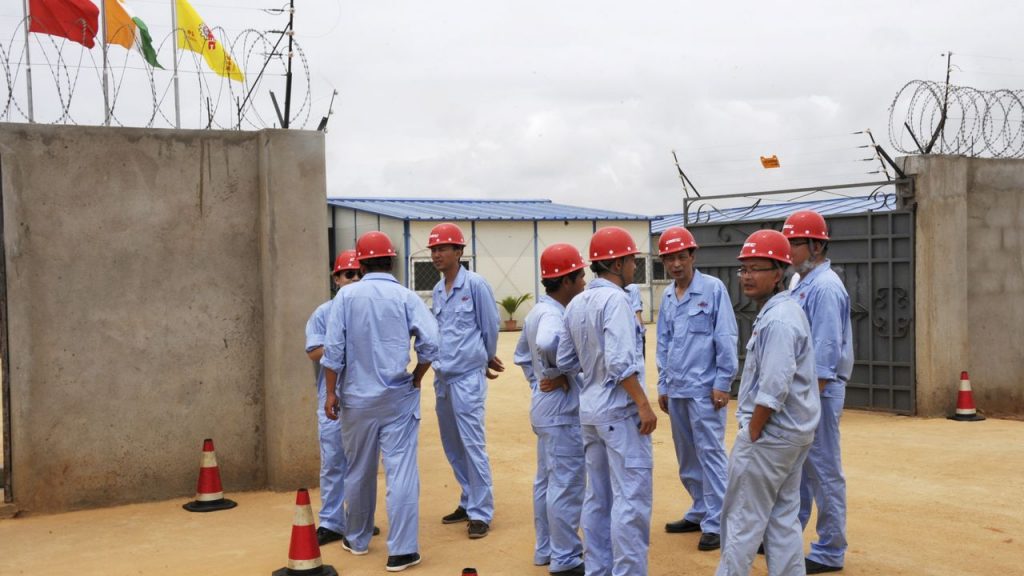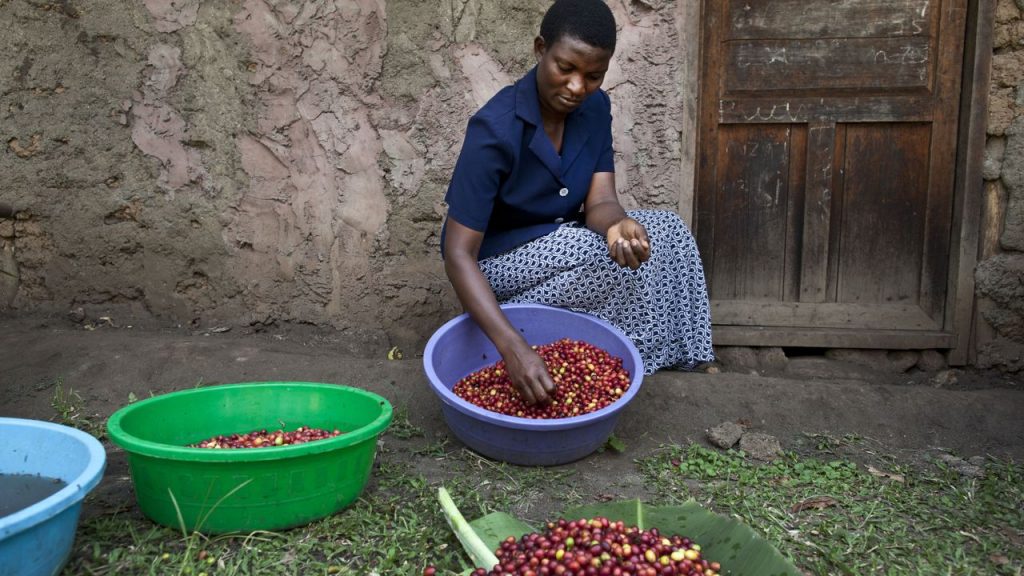
Jacob Kushner/GlobalPost
A successful Coca-Cola partnership in Tanzania to better distribute medicine across the country shows that not all public-private partnerships have to be self-serving.
what stores sell louis vuitton
DAR ES SALAAM, Tanzania — Coca-Cola, the world’s largest beverage retailer, has an unparalleled ability to get its goods to anyone and everyone. In Tanzania, Coca-Cola reaches areas where even essential medicines and life-saving medical supplies do not. An incredible 35 to 40 percent of all orders for medicine from Tanzania’s 5,000 health centers go unfilled due to “stock-outs.” The drugs simply don’t arrive.
If Coca-Cola can reach all corners of Tanzania, why not medicine? At last it is beginning to, thanks to Project Last Mile, a partnership that is helping to fix a number of kinks in the medical distribution process.
Read the full feature at GlobalPost.








